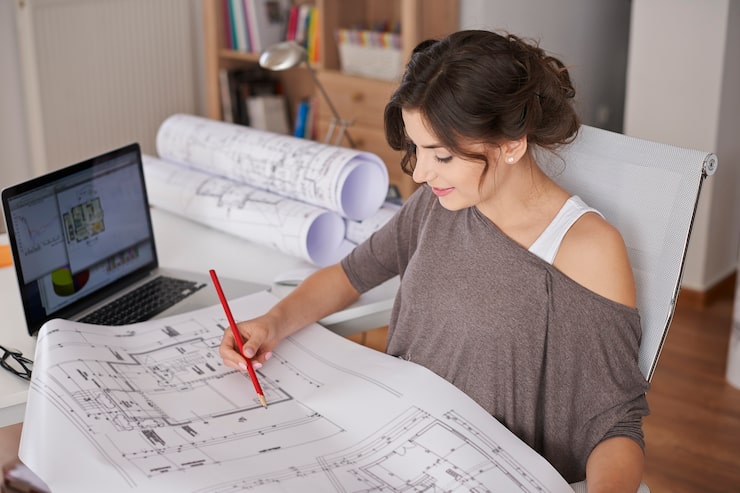
The True Meaning of Architecture: A Modern Perspective
Architecture is more than just constructing buildings; it is the art and science of shaping the spaces where humans live, work, and interact. In the modern era, architecture has evolved to blend functionality, aesthetics, and sustainability, reflecting cultural, technological, and environmental trends. Understanding the true meaning of architecture requires exploring its principles, history, and modern interpretations.
Understanding Architecture in the Modern World
Architecture today is not limited to traditional structures. It encompasses urban planning, interior design, landscape architecture, and innovative solutions to contemporary challenges. Modern architecture prioritizes sustainable design, architecture definition, technological integration, and human-centric spaces, making it a dynamic and evolving discipline.

The Core Principles of Modern Architecture
Modern architecture is guided by a few key principles that define its approach:
- Functionality: Every structure should serve a practical purpose without compromising aesthetics.
- Sustainability: Eco-friendly materials, energy efficiency, and minimal environmental impact are central to design.
- Innovation: Modern architects embrace new technologies, smart systems, and creative problem-solving.
- Cultural Expression: Architecture reflects the society it serves, incorporating local heritage and contemporary values.
The Role of Technology in Contemporary Architecture
Technology has transformed architecture by enabling:
- 3D modeling and visualization for precise planning and client communication.
- Smart building systems that enhance efficiency and comfort.
- Advanced materials that allow innovative forms and sustainable solutions.
- Virtual and augmented reality to simulate designs before construction.
Architecture as a Reflection of Society
Modern architecture is not only about buildings—it mirrors societal trends, values, and aspirations. For example:
- Urban skyscrapers reflect economic growth and technological advancement.
- Green buildings signify environmental consciousness.
- Community-centered spaces foster social interaction and inclusivity.

Blending Art and Functionality
The beauty of architecture lies in its ability to combine artistic vision with functional purpose. Iconic structures like museums, cultural centers, and public spaces serve practical needs while inspiring creativity and emotion.
Conclusion
The true meaning of architecture extends far beyond the physical structures we inhabit. In the modern perspective, it is a fusion of art, science, culture, and technology aimed at improving human experience while respecting the environment. By understanding and appreciating these principles, we can see architecture not just as buildings, but as living expressions of society, innovation, and sustainable progress.